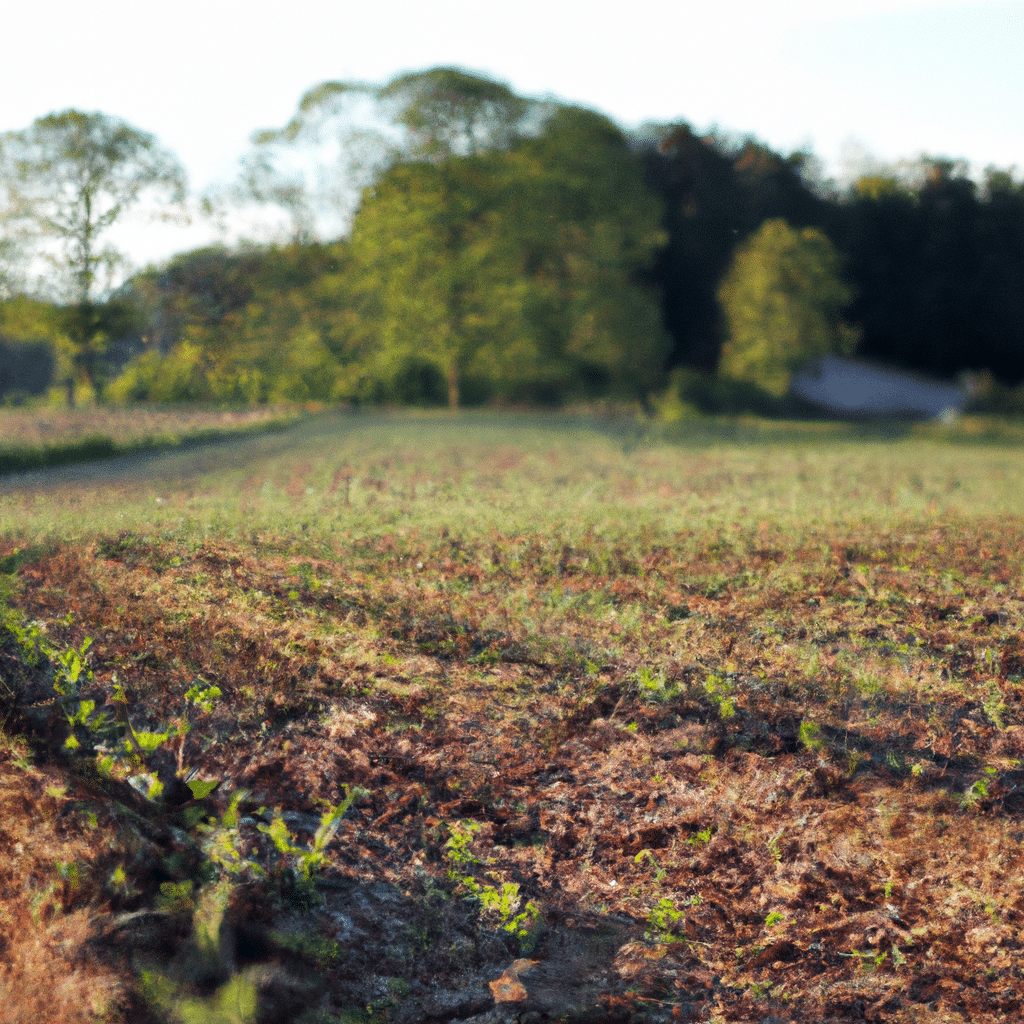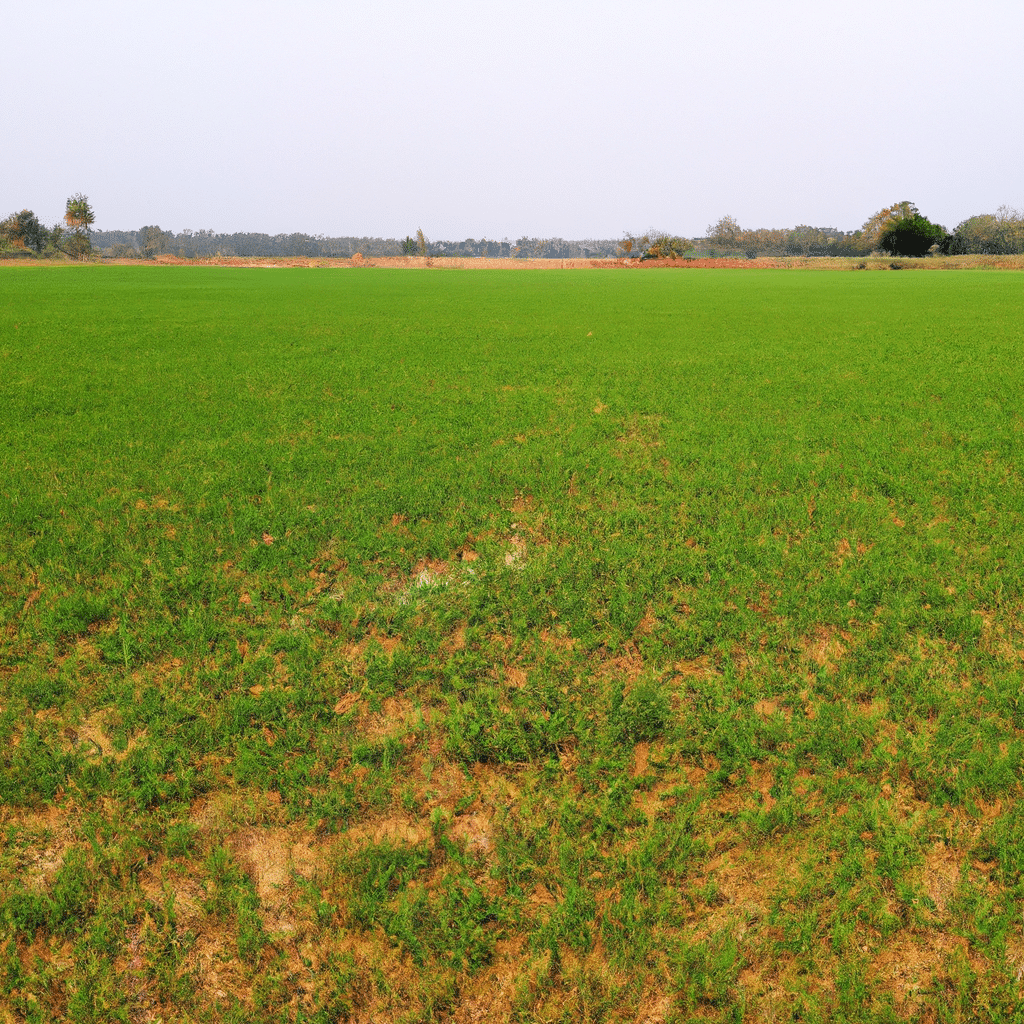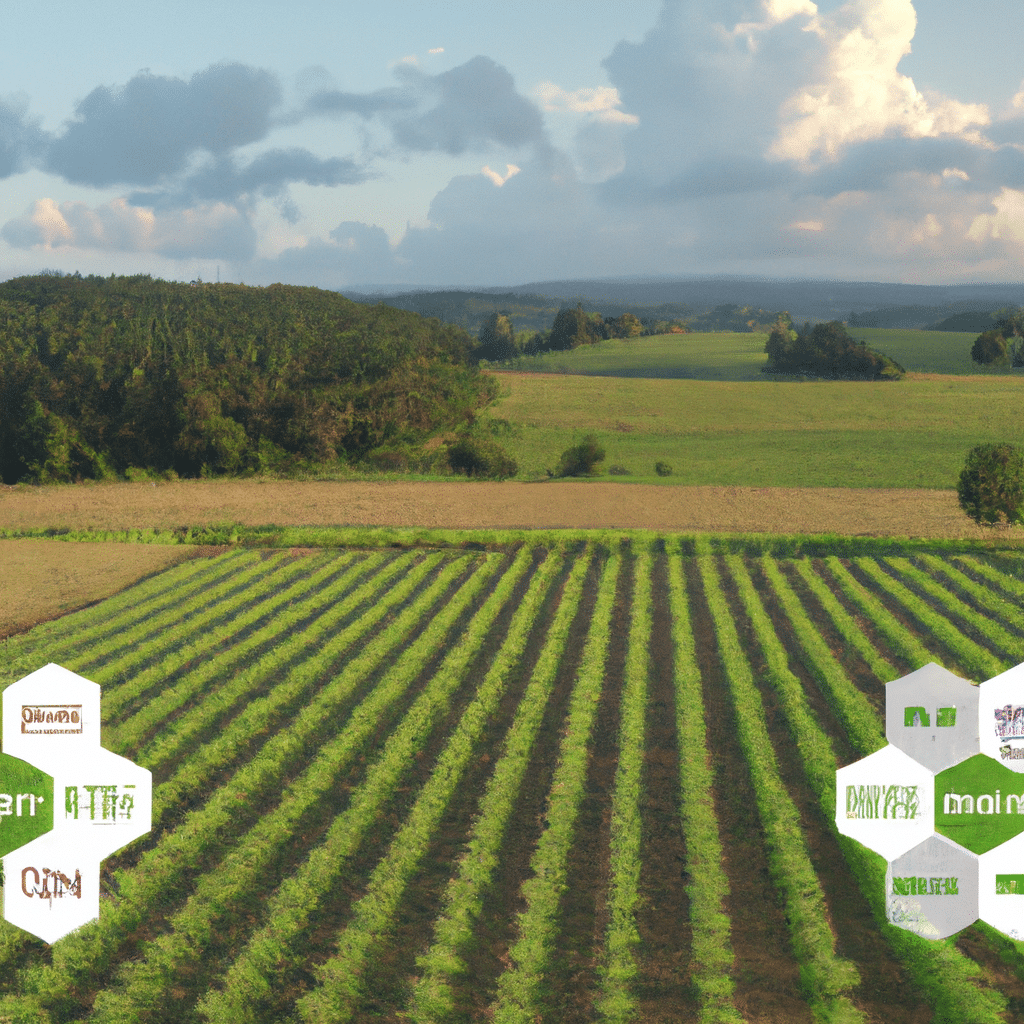In recent years, the agricultural industry has faced numerous challenges, particularly in rural areas. Declining profits, limited access to resources, and a lack of innovation have threatened the sustainability of farming communities. However, a glimmer of hope has emerged in the form of community-building initiatives. These initiatives aim to connect farmers, consumers, and local organizations in an effort to revitalize rural agriculture. In this comprehensive article, we will explore the impact of such initiatives and how they have the potential to transform the future of farming.
The Importance of Community Building in Agriculture
Strengthening Support Networks
One of the key benefits of community-building initiatives is the creation of strong support networks within the agricultural sector. By fostering connections between farmers, suppliers, and consumers, these initiatives encourage collaboration and knowledge sharing. Through the exchange of ideas and experiences, farmers gain valuable insights into new practices, technologies, and market trends. Additionally, these networks provide emotional support, allowing farmers to navigate the challenges of their profession with a sense of solidarity.
Enhancing Local Economies
Community-building initiatives have a significant impact on local economies. By promoting direct sales between farmers and consumers, these initiatives reduce the dependency on intermediaries and create a more sustainable market for agricultural products. This not only ensures fair compensation for farmers but also keeps the revenue within the community, stimulating economic growth. Moreover, by encouraging the consumption of locally produced goods, these initiatives reduce transportation costs and carbon emissions associated with long-distance food distribution.
Preserving Traditional Knowledge
In many rural communities, agriculture is deeply rooted in tradition and cultural heritage. However, the younger generation often lacks interest in continuing these practices, leading to a loss of valuable traditional knowledge. Community-building initiatives play a crucial role in preserving and passing down this knowledge to future generations. By providing platforms for intergenerational dialogue and mentorship programs, these initiatives ensure the longevity of traditional agricultural practices, fostering a sense of identity and pride within the community.
Examples of Successful Community-Building Initiatives
Farmers Markets
Farmers markets have long been recognized as a powerful community-building tool. These vibrant marketplaces bring together farmers, consumers, and local artisans, creating a sense of community and shared purpose. Farmers markets offer consumers the opportunity to meet the people behind their food, fostering trust and promoting transparency. For farmers, these markets provide a direct avenue to sell their products, eliminating the need for intermediaries and allowing them to showcase their unique offerings.
Community-Supported Agriculture (CSA)
Community-Supported Agriculture programs have gained popularity in recent years. These programs involve consumers purchasing a share of a farmer’s harvest in advance, providing the farmer with financial stability and guaranteeing consumers a regular supply of fresh produce. CSA not only strengthens the relationship between farmers and consumers but also encourages sustainable agricultural practices, as farmers are motivated to prioritize quality and diversity over quantity.
Agricultural Cooperatives
Agricultural cooperatives bring farmers together to collectively market and sell their products. By pooling resources, farmers can negotiate better prices, access larger markets, and invest in shared infrastructure. Cooperatives also provide training and educational opportunities, empowering farmers to improve their skills and knowledge. Through cooperation and collaboration, agricultural cooperatives empower farmers, enabling them to overcome individual challenges and collectively thrive.
The Future of Community-Building Initiatives
Community-building initiatives have the potential to revolutionize the agricultural industry. As technology continues to advance, digital platforms can further enhance the effectiveness of these initiatives. Online marketplaces, social media communities, and virtual knowledge-sharing platforms can connect farmers and consumers beyond geographical boundaries, expanding market opportunities and facilitating the exchange of information. Furthermore, government support and policy reforms that prioritize sustainable agriculture and local food systems can further amplify the impact of community-building initiatives.
Conclusion
Community-building initiatives are breathing new life into rural agriculture. By fostering support networks, enhancing local economies, and preserving traditional knowledge, these initiatives empower farmers and create sustainable, resilient farming communities. Examples such as farmers markets, community-supported agriculture programs, and agricultural cooperatives demonstrate the power of collaboration and shared purpose. As we look to the future, the integration of technology and government support will continue to drive the success of these initiatives, ensuring a bright and promising future for rural agriculture. Together, we can build bridges that connect farmers, consumers, and communities, revitalizing and transforming the agricultural landscape.















